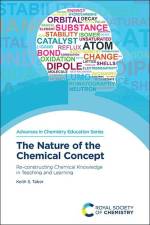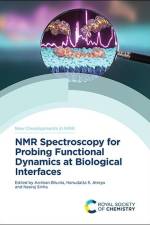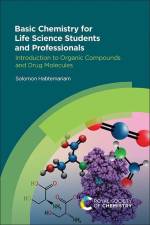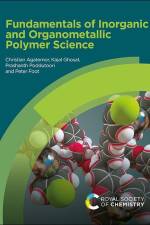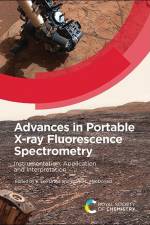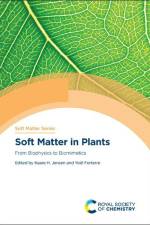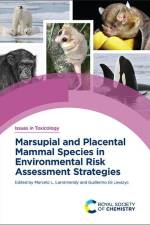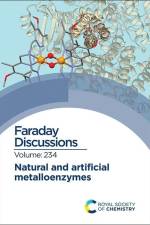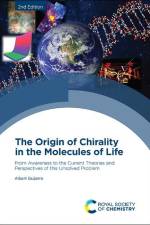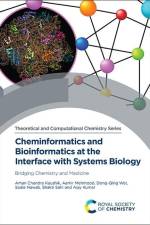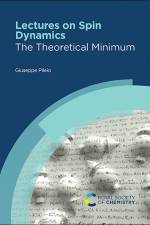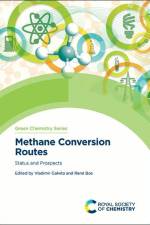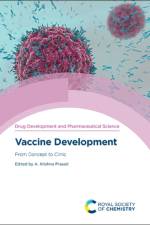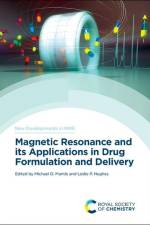av Ming Miao
2 355
There is growing interest in the food, supplements, cosmetics, and pharmaceutical industries in improving the healthiness of their products by incorporating lipophilic bioactive substances like oil-soluble vitamins (A, D and E), omega-3 fatty acids, and nutraceuticals (carotenoids, curcuminoids and flavonoids). However, there are many challenges that need to be overcome due to their poor water-solubility, chemical stability, and bioavailability. For this reason, there is interest in the development of effective encapsulation technologies to increase the efficacy of lipophilic bioactives. This book reviews the encapsulation systems currently available for delivering lipophilic bioactives, including their preparation, functionality, and application range, including nanoemulsions, emulsions, Pickering emulsions, HIPEs, microgels, organogels and liposomes. Chapters 1-2 review the biological activity of delivery systems and lipophilic bioactives. Chapters 3-5 describe the materials and preparation methods used to assemble delivery systems. Chapters 6-17 focus on the formation and application of different kinds of delivery systems. Chapter 18 discusses future trends in the development of bioactive delivery systems. Edited and authored by world renowned scholars, the book provides a state-of-the-art overview of the design, fabrication, and utilization of delivery systems for bioactives that will be useful for academic, government, and industrial scientists in fields such as pharmaceuticals, cosmetics, agriculture, chemical engineering, nutrition, and foods.

